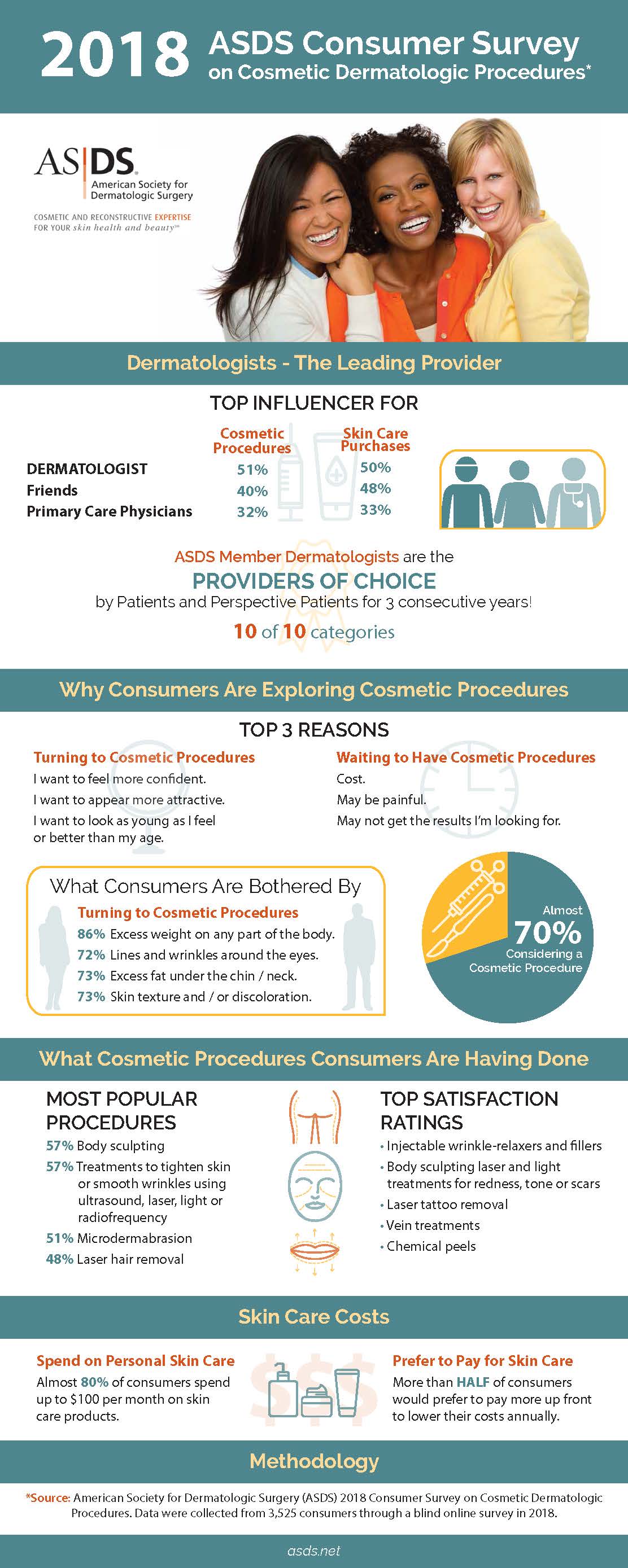Acne And Skin Allergies
Acne And Skin Allergies
Blog Article
Root causes of Acne on Cheeks
Acne outbreaks in the cheek location are triggered by many points, from touching your face frequently to not changing your pillowcase often enough. Picking at blemishes increases your threat of infection and scarring, and particular medicines can worsen dark places (postinflammatory hyperpigmentation).
Thankfully, there are lots of means to prevent and treat cheek acne. These consist of:
1. Hormone Changes
Acne is mainly brought on by hormones, especially those produced throughout the age of puberty and pregnancy. For some, a family history of acne may likewise add to their condition. Anything that blocks pores, such as oil-based skin treatment items or ceraceous hair products, can set off acne. Different topical therapies, like benzoyl peroxide and salicylic acid, can fight bacteria and unblock pores. Those with serious or persistent acne needs to seek treatment from their physician.
Prevent touching or pressing your acne, as this can press several of the germs deeper into the skin, resulting in a more severe outbreak. It is additionally vital to transform pillow cases on a regular basis and utilize clean makeup brushes. You should additionally attempt to prevent irritants such as friction from wearing a helmet or limited collar.
2. Diet plan
The greasy, sugary foods that many people think trigger acne might in fact refrain from doing so. As a matter of fact, research studies have revealed that consuming a diet regimen abundant in whole, nutrient-dense foods helps to stop outbreaks.
Foods high in the glycemic index (such as white bread, corn flakes, puffed rice and potatoes, doughnuts and other breads) elevate blood glucose levels quickly, and this can raise hormonal agents that increase oil production and lead to acne.
Consuming alcohol cow's milk has actually likewise been linked to enhanced acne breakouts. If you are a normal cow's milk enthusiast, you might intend to attempt switching to low-fat or nondairy alternatives that are strengthened with calcium. Furthermore, drinking even more water can assist to decrease acne since it helps to maintain the skin hydrated.
3. Excess Oil
While oil is vital for healthy skin, it can come to be an issue when too much sebum blends with dead skin cells and blocks pores. This combination can develop blackheads, whiteheads and pimples. The clogged pore wall surface can break down and spill bacteria, dead skin cells and sebum right into bordering skin. This results in a red bump called an acne. Sometimes these red bumps have pus in the facility from a bacterial infection. Larger contaminated bumps that look like acne are called cysts.
There are many points that can cause excess sebum and clogged up pores, consisting of hormone variations, diet plan and day-to-day routines. Some examples consist of touching the face often, relaxing your hand on your cheek, utilizing dirty make-up brushes and not changing pillow cases frequently.
4. Tension
If you're managing throbbing acnes or a multitude of blackheads and whiteheads, it may be time to speak to a dermatologist. They can advise an efficient therapy that matches your skin type. Exercising relaxation and stress-reduction strategies likewise helps.
Acne can happen in the cheeks due to rubbing and pressure, such as when an individual touches their face frequently or puts on a hat or sports helmet that massages against the skin. It can likewise appear where oily cosmetics and lotions massage against the skin.
Stay clear of squeezing acne, as this can press infected product deeper right into the skin and result in scarring. Rather, see a doctor to discover preventative treatments like medicine, skin treatment items and lifestyle modifications. Consuming a healthy diet regimen of whole foods, obtaining seven to nine hours of rest and utilizing noncomedogenic make-up and skincare items can mesotherapy treatment all help reduce acne breakouts.
5. Hair Products
Hair items are not usually taken a reason for breakouts, however they can add to acne on the cheeks in some people. Pomade acne, which is defined by tiny closed comedones and papulopustules, is generally triggered by making use of oily hair products that contain comedogenic active ingredients such as certain oils and acetylated lanolin.
Selecting hair items that don't consist of these possibly comedogenic ingredients is a crucial action toward lessening outbreaks. Also, making sure that hair items aren't coming in contact with the skin can assist protect against breakouts. For instance, putting on a scarf or bonnet in the evening can restrict hair-to-face call and reduce the probability that leave-in hair items will certainly rub off onto the face.
In addition to making use of a non-comedogenic cream and washing with an acne face wash, other practical approaches include: